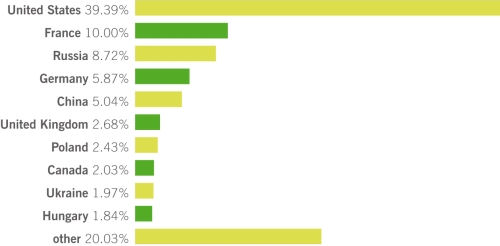Social lockdown
There has been a ‘dramatic increase' in malware, phishing and spam via social networks, according to a new report by Sophos.
The IT security firm's Security Threat Report 2011 revealed that two thirds of social network users have been spammed- over double the proportion recorded less than two years ago.
It is perhaps unsurprising that more people are being targeted by scammers as more people embrace social networking, with over half a billion users on Facebook alone.
Around 43 percent of social network users have been on the receiving end of phishing attacks, more than double the figure since April 2009, while 40 percent of social networkers have been sent malware, a 90 percent increase in the same time period, according to the report.
"Rogue applications, clickjacking, survey scams - all unheard of just a couple of years ago, are now popping up on a daily basis on social networks such as Facebook," said Graham Cluley, senior technology consultant at Sophos.
"Why aren't Faceboook and other social networks doing more to prevent spam and scams in the first place? People need to be very careful they don't end up being conned for their personal details, or get tricked into clicking on links that could earn money for cybercriminals or infect innocent computers," he warned.
Although over 80 percent of the people surveyed thought that Facebook posed the biggest threat to security, Sophos has branded the OnMouseOver Twitter worm attack the ‘biggest single social networking security incident of 2010'.
Here is a chart to demonstrate the problem from Sophos.

Sophos has also said that tried and tested cybercrime tactics continue to plague net users, in addition to the social networking threats.
The report found the USA continues to be the home of most infected web pages, but over the past 6 months, European countries have become a more abundant source of malicious pages, with France in particular displacing China from the second spot, increasing its contribution from almost 4percent to 10 percent percent of global malware-hosting websites.
Here is breakdown by country from Sophos.

Cluley said: "Many computer users still don't realise that you can wind up with something nasty on your machine simply by visiting a website. Over the year, we saw an average of 30,000 new malicious URLs every day - that's one every two-to-three seconds. More than 70 percent of these are legitimate websites that have been hacked - this means that businesses and website owners could inadvertently be infecting their patrons unintentionally and without knowledge."













